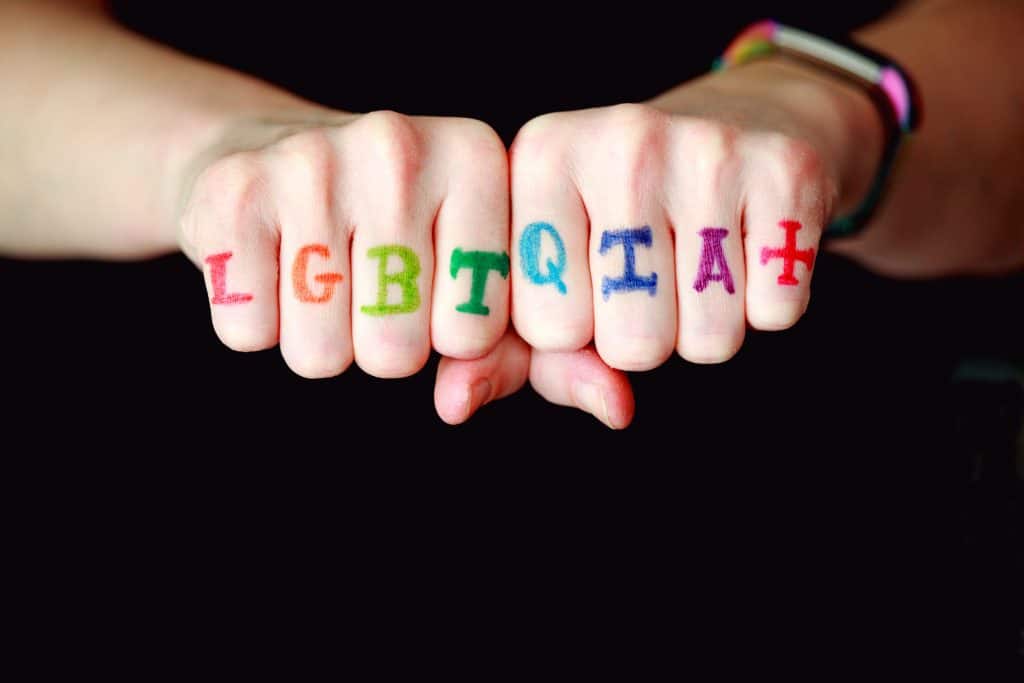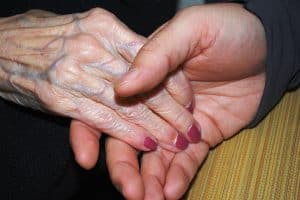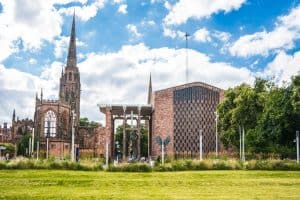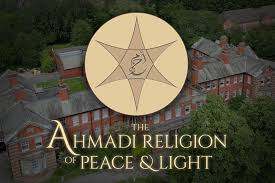By Michael King
Conversion therapy is any form of intervention that attempts to make gay, lesbian or bisexual people heterosexual, or which seeks to change or suppress a person’s preferred gender identity
What is the history of conversion therapy?
Same-sex behaviour has been seen as sinful or depraved by most religions for most of human history. Only very few cultures and religions accommodated or respected same-sex love and sexuality.
In the late 19th and early 20th century a first generation of sexologists began to argue that same-sex desire was simply a biological and psychological reality. However, it soon came to be regarded as a disorder. Attempts to change sexual orientation followed.
Theories on the origins of same-sex attraction mostly assumed that it was a deviation from a bedrock of heterosexuality to which one might return. So-called treatments to make homosexuals into heterosexuals have taken many forms, including medical or surgical intervention, psychoanalysis, behavioural approaches such as chemical or electric shock aversion, spiritual or religious interventions, and counselling and psychotherapy.
Gender Identity
Gender identity is a personal sense of one’s gender and thus it is self-identified. It does not necessarily accord with a person’s sex registered at birth. This sense of personal identity forms very early in childhood but can be influenced by cultural norms and expectations. It may be as male or female, nonbinary, gender fluid, transgender, bigender, or another category that best fits one’s identity.
Until recently, any variations from the commonest (“cisgender”) categories of female and male were considered abnormal, whether or not the person experienced any distress about their sense of gender identity. This has now changed and international diagnostic manuals no longer include them as disorders. Transgender and gender non-conforming people may or may not seek medical and psychological assistance to make a social and/or biological transition to another gender.
Sexual attraction to others
After Alfred Kinsey’s studies in the 1940s, sexual orientation was conceived of as a spectrum from exclusively opposite-sex to exclusively same-sex, with degrees of bisexuality (or pansexuality) in between. However, recent evidence suggests that we experience two dimensions of sexual attraction, one to the opposite sex and one to the same sex.
Even the distinction between sexual orientation and gender identity may not be as clear as first thought. In some people sexual orientation and gender identity may overlap, for example as genderqueer.
Younger people are most open about their sexuality and gender identity, with one recent YouGov survey in the UK indicating that 1 in 5 16 to 24-year-olds do not consider themselves as fully heterosexual. Some people experience no sexual attraction at all to others and regard themselves as asexual.
What is ‘conversion therapy’?
This has been defined in public documents such as Version 2 of the Memorandum of Understanding between therapy organisations in the UK as an approach that:
“demonstrates an assumption that any sexual orientation or gender identity is inherently preferable to any other, and which attempts to bring about a change of sexual orientation or gender identity, or seeks to suppress an individual’s expression of sexual orientation or gender identity on that basis.”
However, it is not always easy to reach a definition that will encompass all forms of conversion, and the UK government is attempting to come to a consensus that accords with international opinion.
Even the term “therapy” is misleading as it is not a recognised or ethical treatment for anything. A non-heterosexual orientation is not a psychological disorder — it was removed from diagnostic systems in the 1970s and 1980s. Nor is any particular gender identity now seen as disordered.
What is the evidence of harm or benefit of ‘treatments’?
There is no evidence that so-called conversion treatments “work” in the sense that they achieve their aims to change sexual orientation or suppress a person’s gender identity. There were many attempts to study the effectiveness of conversion treatments for sexual orientation in the 1960s and 1970s. All would be considered unethical and of dubious methodology today, and none showed it was possible or desirable to undertake.
In fact, the opposite appears to be true. Follow-up studies and surveys of people who have undergone interventions to change their sexual orientation show that such attempts often lead to serious psychological distress.
Preventing trans and gender nonconforming people from seeking the help they need to transition or to express their gender identity also leads to harm. Leading therapy organisations, as well as legislative and legal authorities across the world have published statements warning of the ineffectiveness and potential for harm of treatments to change sexual orientation or suppress gender identity.
Several countries and states have now introduced legal bans against such “treatments” and many others, including the UK, are considering such a ban.
Religious communities
Although historically most attempts to “treat” people who experience same-sex attraction arose in the context of psychological or psychiatric settings, over recent decades this has changed with the majority of advocates for such treatments coming from religious backgrounds.
Recent UK government surveys and others indicate that up to 50 per cent of these interventions take place in religious settings. We know from surveys of people who have undergone the process that, in addition to being protracted and distressing, it is just as ineffective as it is in secular settings.
However, change in under way in that the Church of England’s General Synod backed a motion calling for a ban on the practice of conversion therapy, and other Protestant Christian and Jewish groups increasingly welcome non-heterosexual people.
Why is it in the news now?
Attempts to change sexual orientation or gender identity are in the news now because several countries or states have imposed legal bans against therapists or others who use them. The UK government is discussing the introduction of such a legal ban in this country.
There are many groups who would support such a ban. For example, among religious figures, the leading pro-LGBTQ+ Anglican activist Jayne Ozanne, is now among those campaigning for such a ban on conversion therapy. However, some religious groups, including the cross-denominational Evangelical Alliance coalition of churches, have warned against this, arguing that a loosely phrased ban on conversion therapy could unintentionally criminalise non-coercive prayer or preaching from those opposed to same-sex marriage or transgender identity.
Michael King was the emeritus professor of Psychiatry at University College London
Useful contacts
Jayne Ozanne, The Ozanne Foundation: [email protected]
The Evangelical Alliance: eauk.org
Dr Qazi Rahman, Institute of Psychiatry, King’s College London: [email protected]




















